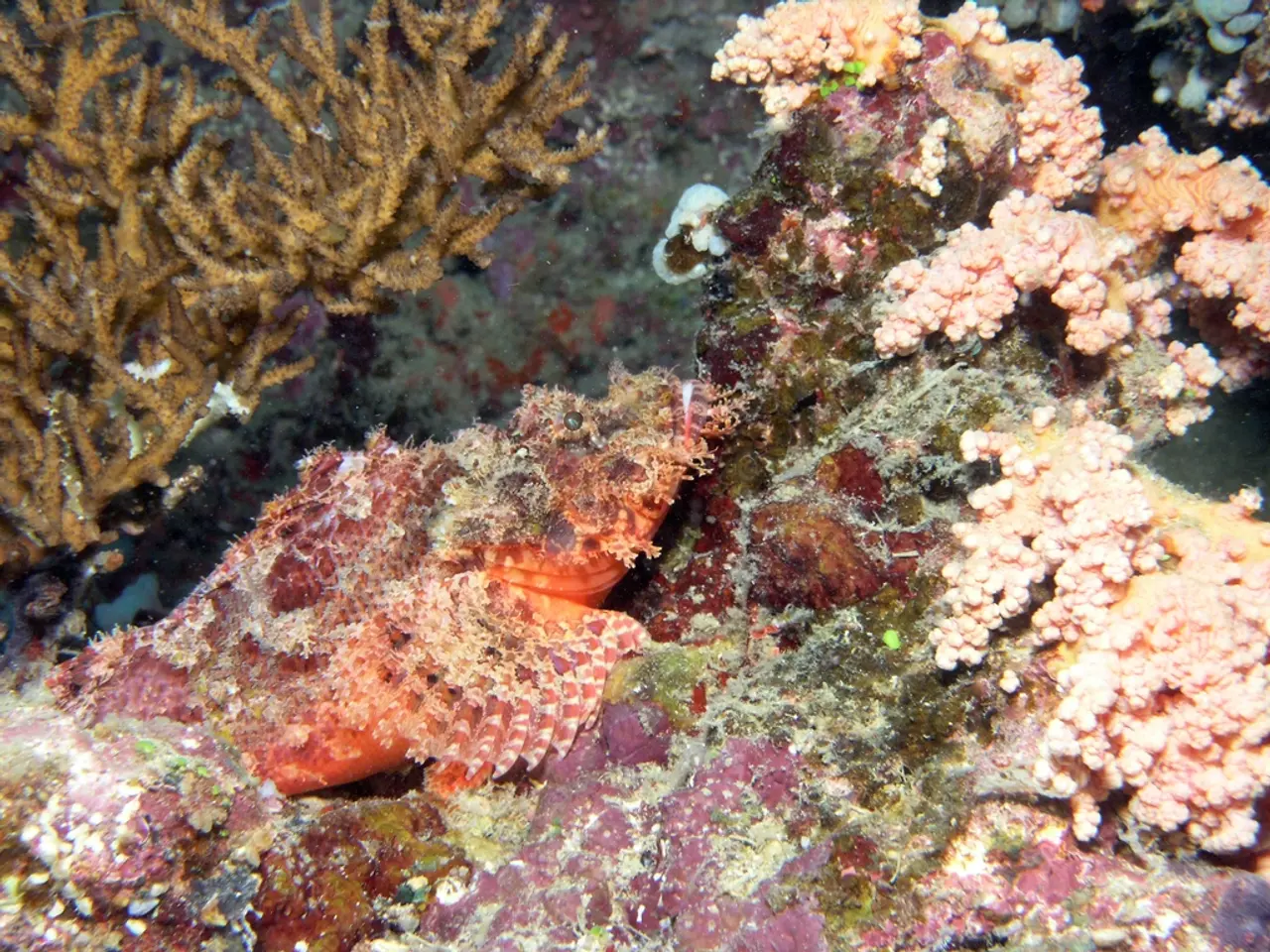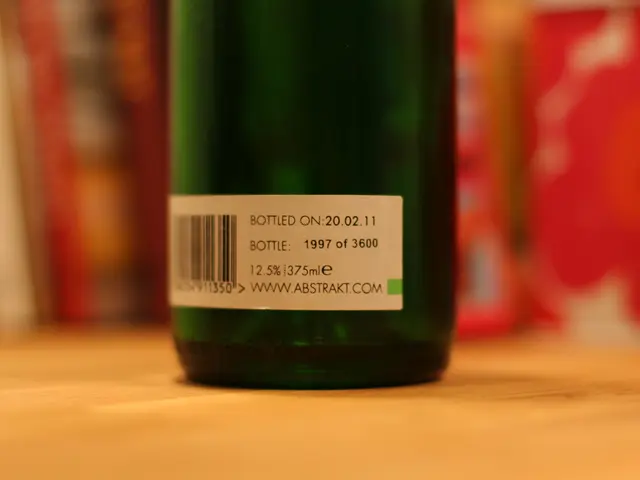Exploring the Baltic Sea during summer: Uncovering the Challenges it Faces
The Baltic Sea, a vast body of water that stretches across Northern Europe, is home to a variety of marine life. However, it's under threat from harmful algal blooms, caused primarily by excessive nutrient enrichment from human activities.
These blooms, most notably the blue-green algae or cyanobacteria, can form visible colonies on the water surface. While peeing in the Baltic Sea may contain nutrients that promote algae growth, the amount is insignificant and has little impact on the overall bloom.
The main sources of algae influx in the Baltic Sea are phosphorus and nitrates, primarily from agricultural runoff, sewage discharge, and eutrophication. Natural causes like river floods and warm, calm weather also contribute by promoting nutrient availability and algae growth. These conditions, exacerbated by limited water exchange with the North Sea, lead to oxygen deficiency and dead zones on the seafloor.
The impact on the Baltic Sea ecosystem is severe. Massive growth of algae, especially cyanobacteria, leads to dense algal blooms that can cover large areas. This oxygen depletion, or hypoxia, in deeper waters due to decomposition of algal biomass creates dead zones where most marine life cannot survive.
The disruption of the natural balance of species is another concern. Blooms reduce water quality and can produce toxins harmful to aquatic organisms and humans. Health risks include symptoms like fever, stomach issues, and muscle weakness if ingested.
Climate change has brought about new challenges. Various algae, including armored dinoflagellates, have moved into the Baltic Sea from warmer waters. These algae can produce toxins that can accumulate in certain animal species and potentially be harmful to humans.
Despite these threats, the Baltic Sea is not devoid of life. It harbors various species of brown algae, including seaweed, bladderwrack, and knotted wrack. However, areas like the Gotland Basin and the Landsort Deep are particularly affected by oxygen depletion and dead zones.
In summary, nutrient pollution mainly from human sources combined with natural environmental factors lead to harmful algal blooms in the Baltic Sea, severely affecting water quality, marine biodiversity, and ecosystem health. It might be better to use the toilet normally instead of peeing in the Baltic Sea to help reduce the nutrient load and prevent further harm to this vital ecosystem.
Read also:
- Kid-Friendly Smoothie Delights: 7 Tempting Smoothie Recipes for Children
- In the event of Eric Adams' removal in November, progress on the safety of NYC subways may face obstacles
- Racing for the iconic yellow jersey in the Tour de France: preparing riders for the heat
- "Female advocate for women's rights in Morocco apprehended due to allegations of claiming Allah is a lesbian"






